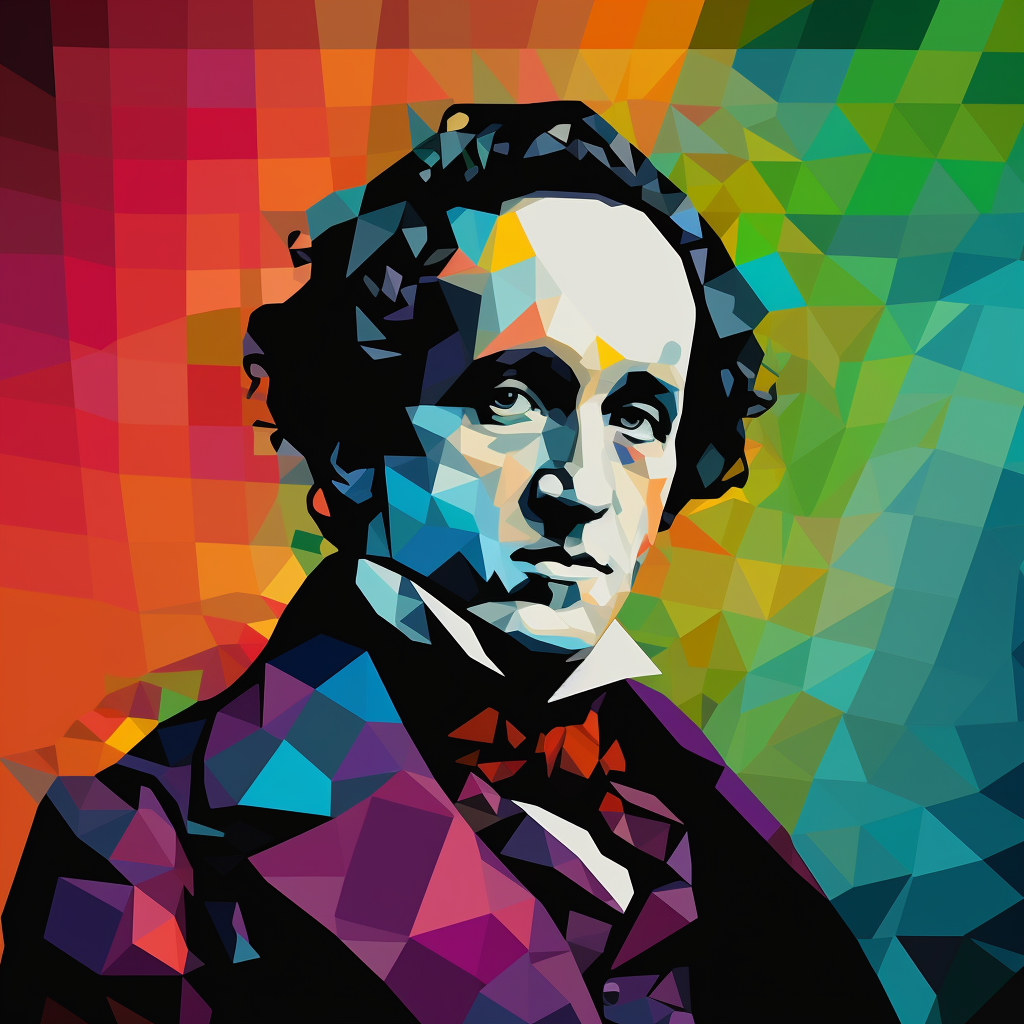In October 2009, my colleagues and I rallied behind an unexpected cause: defending the right to play Mendelssohn’s “Wedding March.”

The trigger for our campaign was a rather audacious lawsuit filed by a Novosibirsk lawyer. In an apparent bid for notoriety, he sued the local civil registry office, demanding compensation for each use of Mendelssohn’s march during weddings.
The absurdity of the situation was clear. The lawyer seemed unfazed by the fact that the composer had long been deceased, and none of the musicians performing the piece had ever demanded royalties. His lawsuit was accompanied by a sarcastic suggestion that wedding participants should concern themselves with their musical arrangements, perhaps by hiring a Romani ensemble with guitars, a traditional folk theatre, or even having guests hum the march themselves.
This behaviour struck a nerve with me. Disrupting a long-standing tradition for the sake of a frivolous lawsuit seemed both ridiculous and unjust, so I felt compelled to act.
My response was to organise the “Freedom for Mendelssohn!” campaign. The idea was simple: we invited musicians to record their versions of Mendelssohn’s march and make these recordings freely available to civil registry offices and anyone else who wanted to use them.
The campaign quickly gained traction. Local and federal media picked up the story, and we garnered coverage on radio and TV. Within just a few days, we had amassed five different recordings, ranging from classical renditions to punk rock versions. Even the Novosibirsk Symphony Orchestra joining our cause.
The media attention and public support had the desired effect. Within a week, the lawyer’s superiors in Moscow withdrew the lawsuit, stating that the whole issue had been a misunderstanding and a mistake.
In the end, the young couples of Novosibirsk continued to enjoy Mendelssohn’s march at their ceremonies, untroubled by the threat of legal repercussions.
The “Freedom for Mendelssohn!” campaign was more than just a defence of a musical piece. It was a stand against unnecessary legal harassment and a celebration of collective effort. It showed how quickly and effectively a community can mobilise to protect what they value, and it underscored the importance of media in amplifying our message. For me, it was a gratifying experience that highlighted the impact of grassroots activism in preserving cultural heritage.